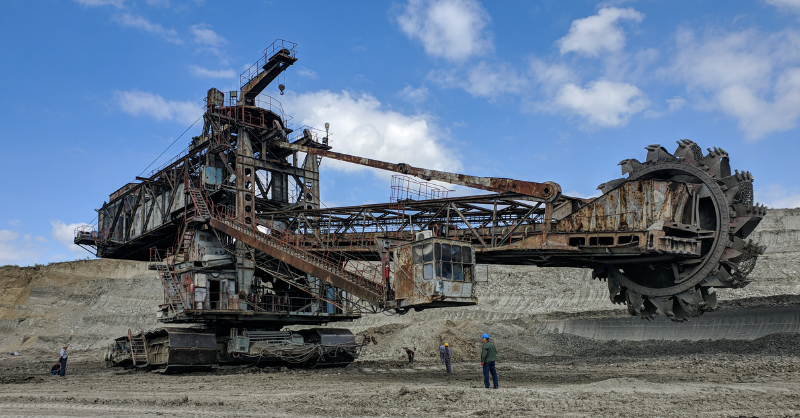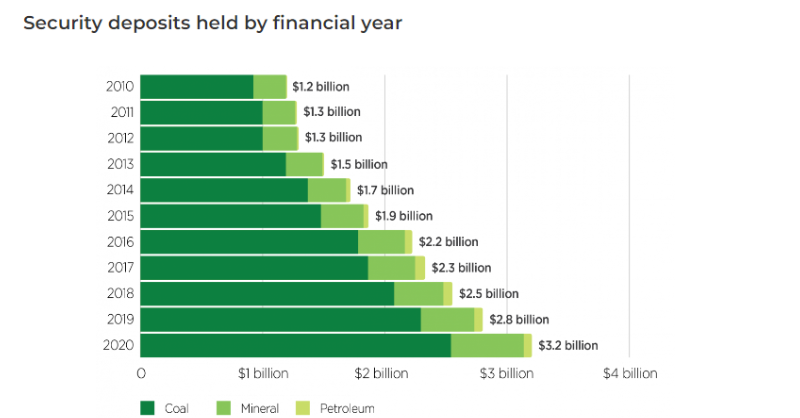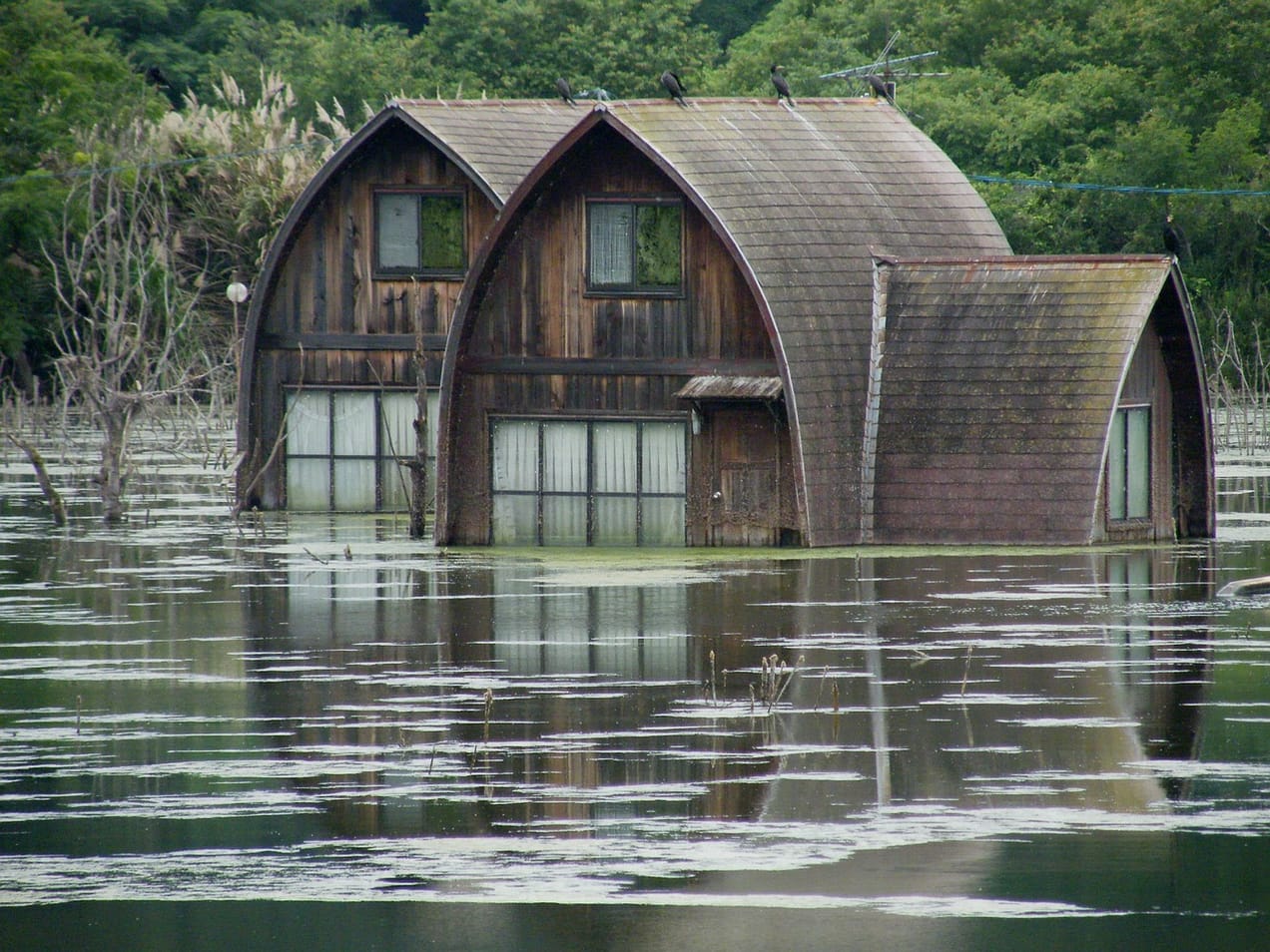
Mine rehabilitation - who pays and what do we get?
So what happens when mines close? And does rehabilitation mean something different from what most people expect to get?
Summary: We know we need more mining if we are to deliver the energy transition, but there is one type of mining that we know will almost certainly decline over time, that is coal mining. According to the World Coal Association, there are over 10,000 operational coal mines in the world. This doesn’t include the mines that have already closed and artisanal mines. So, this is going to become an even bigger issue in the future than it is now. So what happens when the mines close? And does rehabilitation mean something different from what most people expect to get?
Why this is important: The experience at the Hazelwood mine shows that what the mining company plans to do and what the local community expects can end up being very different things. At very different costs.
The big theme: The green transition is going to need a lot more mining. Without it most of the transitions will just not happen. There is not a simple alternative, one that “does no harm”, while at the same time providing us with all of the raw materials we need for everything from electric vehicles, through greener buildings and transport, through to renewables such as wind and solar, and the vast amount of electricity grid investment we are going to need.

The details
Summary of a story from ABC
The Australian Federal government is to investigate the potential environmental effects of rehabilitating the Hazelwood mine in the state of Victoria. The brown coal fueled Hazelwood power station closed in March 2017. Since then the mine owner (Engie) has been working on closing the site down. The proposal for the giant hole where the coal was extracted from was to transform it into a lake, some 70-130m deep. This would contain c. 640bn litres of water, with a top up of 5 bn litres pa to offset evaporation. It was estimated that it would take 10-20 years to fill the lake.
Why this is important
What happens when mines close? We can learn from what has happened in one of the world’s largest mining countries - Australia and in particular the “old” coal mining region of the Hunter Valley in the state of New South Wales. To quote from a recent report “Mine closure practices (in Australia) have continued to improve over the last few decades; however, across the industry rehabilitation outcomes continue to fall short of community expectations” . Why is it so hard? One issue is cost, and in particular the potential mis-match between the amount of money held by the regulatory agencies for mine rehabilitation, and the cost of actually restoring the mines to a condition that the community finds acceptable.
As of Jan 2021 (the latest data we could find) the NSW Government (which covers the Hunter Valley) held about $3.3 billion in security bonds for rehabilitation of exploration and mining impacts. This sounds a lot of money. The security deposit aims to cover the full cost of all rehabilitation and mine closure activities required if a mining company defaults on their rehabilitation obligations. The amount held has risen dramatically over the last decade.

But, according to a 2021 report from The Australian Institute “the security bonds are held to cover the companies’ obligations under existing approvals, which, in the case of the large coal mines in the Upper Hunter, usually includes leaving large holes behind, known as “final voids”. It has been estimated that filling in the voids would cost between $12bn and $25bn (Aus $). Just remember, this compares with the amount held by the government for all mine restoration in the state, of just $3.3bn.
As the experience at the Hazelwood mine shows, what the mining company plans to do (fill in the void with water) and what the local community expects (fill in the hole and take the land back to how it was) can end up being very different things. At very different costs.
Something a little more bespoke?
Get in touch if there is a particular topic you would like us to write on. Just for you.
Contact us
Please read: important legal stuff.

